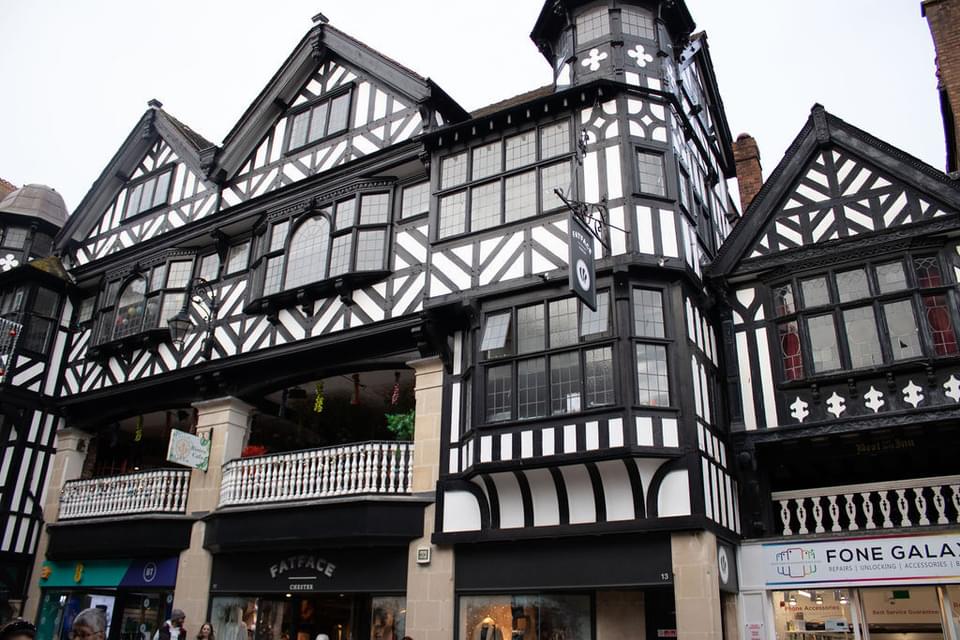Northgate Street Rows and Eastgate Street Row North
This sequence of Rows have seen their ups and downs, and your route will follow suit from street level to first floor. Pass through a once-notorious corner haunted by criminals and nip down an alley for a fine view of Chester’s cathedral…
How to use this route
This route is available to listen to as you walk by using the player above or you can follow it using the written guide available below. On the map below you will see a trail made up of numbered points. From the starting point (Number 1), follow along the marked route, making sure to stop and view the points along the way. There are blue map pins indicating points of interest, you can tap or click on these to find out more. When you come to the end of the route, you will see a blue map pin – tap or click on this to reveal more information about the next leg of the tour, and click again to go to the next leg’s route.
Want to find out more?
To delve deeper into The Rows, browse the local history publications in the Visitor Information Centre and public reference library in Storyhouse, both on Northgate Street. Guided tours are available with the Guild of Chester Tour Guides and Roman Tours. For informaton about disabled access, see AccessAble.
Key Trail Information
Duration
10 - 30 Minutes
Distance
1
Start Point
12 Northgate Street, Chester, CH1 2HA, United Kingdom
End Point
27 St. Werburgh Street, Chester, CH1 2DY, United Kingdom
Directions
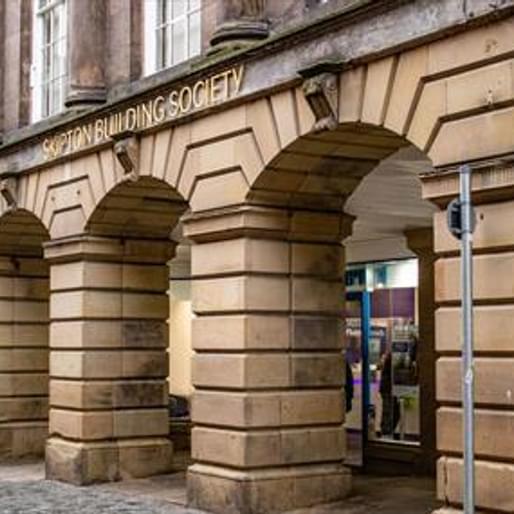
Our trail begins at no 3, just beyond the Neo-classical City Club (no 1), formerly the Commercial Newsroom, which was built in 1807 by Thomas Harrison, who also worked on Chester Castle (see the plaque on the wall). It stands on the site of the medieval Ironmongers Row.
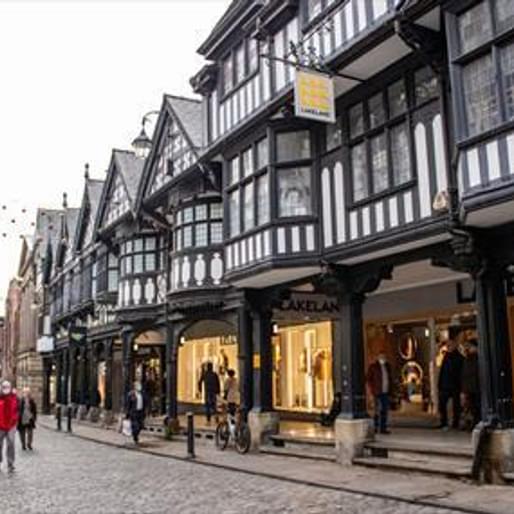
Look up to see a confection of Chester’s familiar black-and-white Tudor Revival buildings. There’s work here by Harry Beswick, James Strong, and John Douglas, who was best known for his work at the Duke of Westminster’s home, Eaton Hall, on the edge of the city.
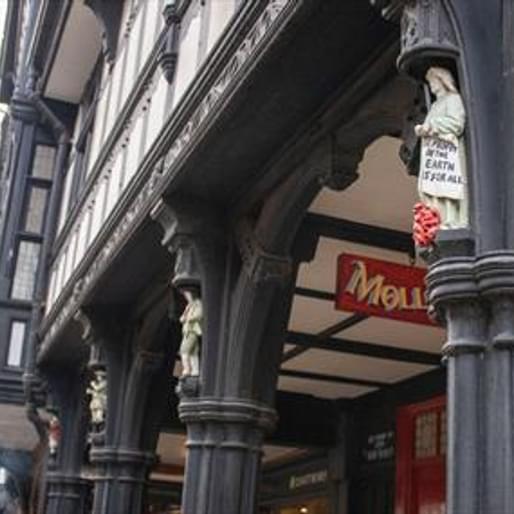
Spot the carved statuettes of a woman, a knight and a pilgrim above no 7. The northern corner of the arcade is decorated with colourful figurines, including a piper and lutist.
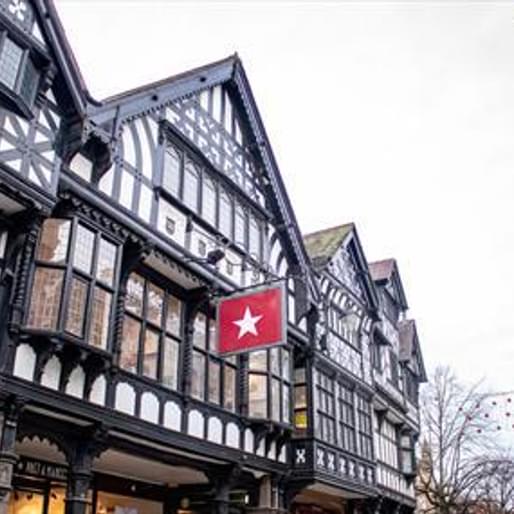
This invisible Row also hides a secret for you to discover if you take a guided tour. In the basement of nos 21-23, currently Pret a Manger, are original columns and bases from the Roman conquerors’ headquarters building.
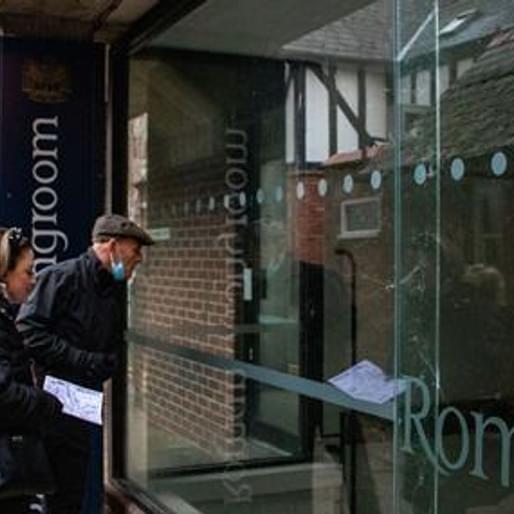
Nip around the corner into the alley by the Dublin Packet pub and you’ll find a viewing area of some of the excavated remains of the Roman Strong Room – could this be Britain’s oldest bank? The pay chests were kept under permanent guard at this underground treasury.
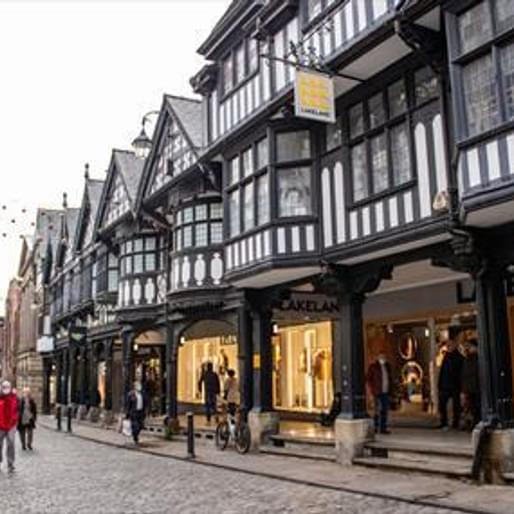
Once finished looking at the Strong Room, return to Northgate Street, heading south.

On your return to Northgate Street, ascend to East Row and continue forward. This Row was home to butter shops, bakers and cooks over the centuries. It also earned a few nicknames down the years.

The buildings approaching the Eastgate Corner, on both Northgate and Eastgate Streets, were known as the notorious Dark Row. A series of booths here replaced the stallboards – the large slabs of wood, tile or stone between the balustrade and the passageway.
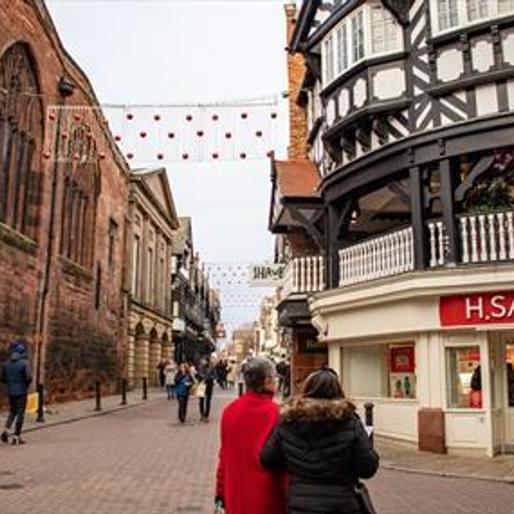
Read some “Tales From The Rows” on the information board at Eastgate Corner and enjoy the views of The Cross and its surrounding historic architecture, which you can find out more about on the “Eastgate Corner and Bridge Street Row East” section of our trail.

Continue east along Eastgate Street Row North, a quiet stretch that offers brief respite from the bustle of Chester’s main drag below. Stop by the Boot Inn, also the point at which the Dark Row ends. This was the Georgian home of a merchant, although it has received a 19th-century makeover.
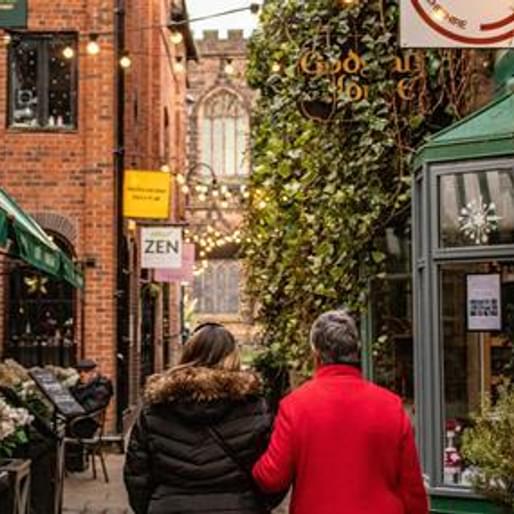
Just a little further is the entrance to Godstall Lane, a medieval alley that’s very easy on the eye, prettified by boutiques and bars, ornate hanging signs and ivy-clad walls. It’s a pleasant place to take a break. Walk down Godstall Lane to reach the Medieval Cathedral.
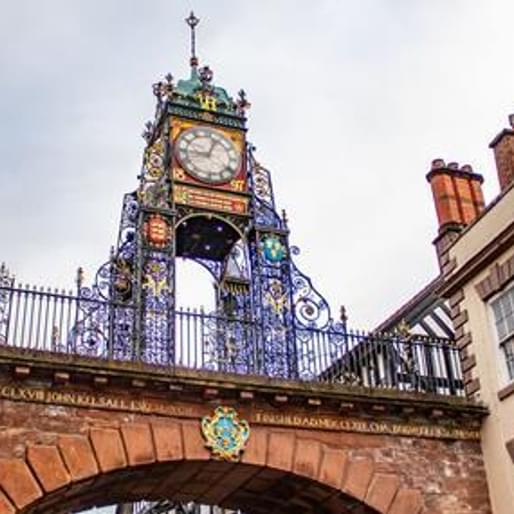
Walk down Godstall Lane to reach St Werburgh Street and Chester Cathedral. The colonnaded walkway at the street’s northern end is called a Row, though designed in 1935. Walk south down St. Werburgh Street and cross in front of the Eastgate and its famous clock to the Grosvenor Shopping Centre, the start of the next part of our circular journey through the Chester Rows.
Download your map of the rows
Artist and illustrator Helen Cann has created a gorgeous, historically-inspired map to help you explore Chester's Rows.
Download the map
